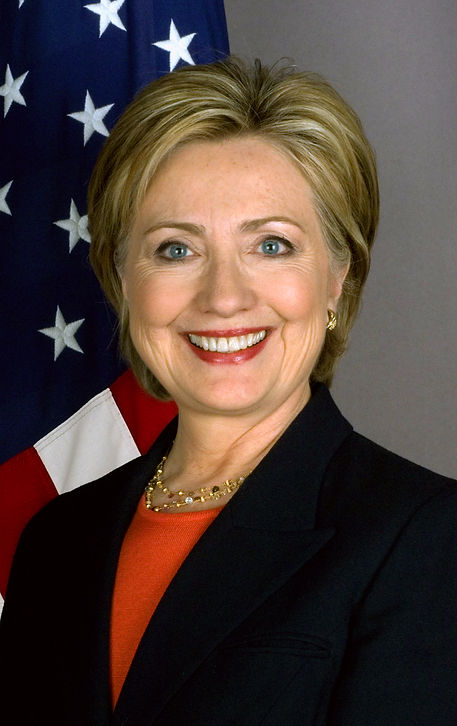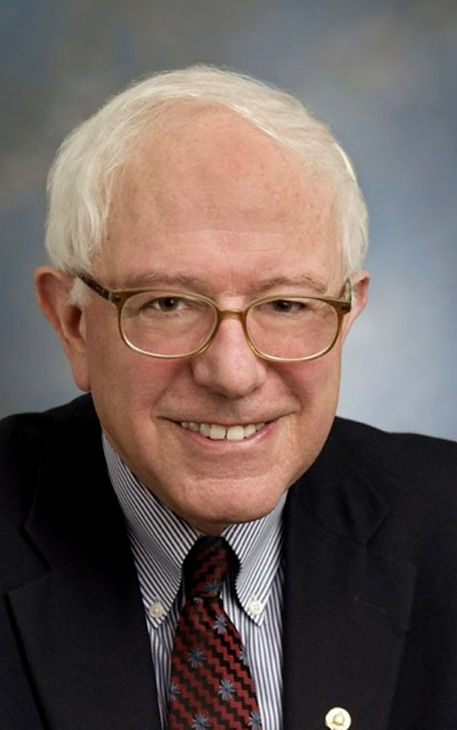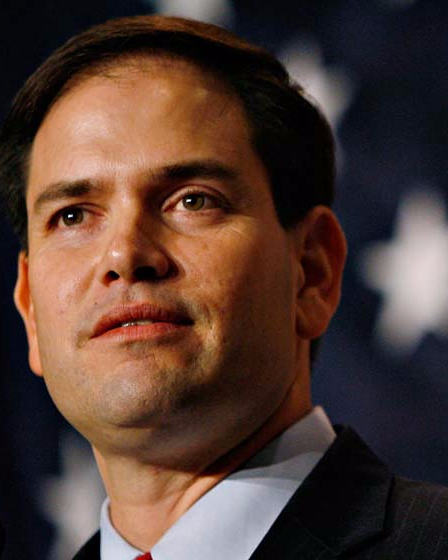Becoming President
6 Steps to Becoming the President of the US.
Becoming the President isn't easy it takes a lot of effort but these are a few of the steps that it takes to run the United States.
-Step 1
Article II of the United States Constitution establishes the Executive Branch of the Government, including the President, Vice-President, and other executive officers. Within Article II, rules are set as to who can become President and how a President is elected:
"Article II
Section 1. The executive power shall be vested in a President of the United States of America. He shall hold his office during the term of four years, and, together with the Vice President, chosen for the same term, be elected, as follows:
...No person except a natural born citizen, or a citizen of the United States at the time of the adoption of this Constitution, shall be eligible to the office of President neither shall any person be eligible to that office who shall not have attained to the age of thirty five years, and been fourteen Years a resident within the United States."
-Step 2
Serious candidates for president must begin preparing for the election years in advance. The first decision potential candidates and their families face is whether or not they are suited for the demands of the office and willing to make the personal sacrifices necessary to win the election. The next step usually involves forming political action committees to broaden a candidate's visibility, to test the candidate's appeal nationwide, and to raise money for increasingly expensive campaigns. Candidates also establish exploratory committees whose job it is to 1) seriously consider the candidate's chances of becoming president, 2) suggest possible campaigns themes and slogans, 3) write speeches and position papers, 4) seek endorsements from powerful individuals and groups, 5) recruit professional and volunteer staff, 6) begin organizing state campaigns in key states, 7) hire pollsters and consultants, and 8) develop media appeals.
-Step 2
-Step 3
Serious candidates for president must begin preparing for the election years in advance. The first decision potential candidates and their families face is whether or not they are suited for the demands of the office and willing to make the personal sacrifices necessary to win the election. The next step usually involves forming political action committees to broaden a candidate's visibility, to test the candidate's appeal nationwide, and to raise money for increasingly expensive campaigns. Candidates also establish exploratory committees whose job it is to 1) seriously consider the candidate's chances of becoming president, 2) suggest possible campaigns themes and slogans, 3) write speeches and position papers, 4) seek endorsements from powerful individuals and groups, 5) recruit professional and volunteer staff, 6) begin organizing state campaigns in key states, 7) hire pollsters and consultants, and 8) develop media appeals.
The Federal Election Commission (FEC), created by Congress to administer and enforce the Federal Election Campaign Act (FECA) - the statute that governs the financing of federal elections, defines the process of registering a candidacy for President in the following manner:
"If you are running for the U.S. House, Senate or the Presidency, you must register with the FEC once you (or persons acting on your behalf) receive contributions or make expenditures in excess of $5,000. Within 15 days of reaching that $5,000 threshold, you must file a Statement of Candidacy authorizing a principal campaign committee to raise and spend funds on your behalf. Within 10 days of that filing, your principal campaign committee must submit a Statement of Organization. Your campaign will thereafter report its receipts and disbursements on a regular basis."
-Step 3
-Step 4
The Federal Election Commission (FEC), created by Congress to administer and enforce the Federal Election Campaign Act (FECA) - the statute that governs the financing of federal elections, defines the process of registering a candidacy for President in the following manner:
"If you are running for the U.S. House, Senate or the Presidency, you must register with the FEC once you (or persons acting on your behalf) receive contributions or make expenditures in excess of $5,000. Within 15 days of reaching that $5,000 threshold, you must file a Statement of Candidacy authorizing a principal campaign committee to raise and spend funds on your behalf. Within 10 days of that filing, your principal campaign committee must submit a Statement of Organization. Your campaign will thereafter report its receipts and disbursements on a regular basis."
Presidential campaigns today are grueling marathons that take candidates by air from New York to Chicago to San Francisco and back again in a single day. On the campaign trail they typically make speeches, kiss babies, shake hands, pose for photographs, and find other ways to connect with the 'average' American. Candidates must raise millions of dollars from the party faithful and corporate leaders, ride buses through the hinterland, and rub shoulders with farmers, factory workers, veterans, and soccer moms...They must paint pictures of a better America, make passionate appeals to reason, and stake a claim for moral leadership. Not for the faint of heart, the modern presidential campaign tests the mettle of those who would live in the White House.
-Step 4
-Step 5
In the early twentieth century there was a movement to give more power to citizens in the selection of candidates for the party's nomination. The primary election developed from this reform movement. In a primary election, registered voters may participate in choosing the candidate for the party's nomination by voting through secret ballot, as in a general election.
There are two main types of primaries, closed or open, that determine who is eligible to vote in the primary. In a closed primary a registered voter may vote only in the election for the party with which that voter is affiliated. For example a voter registered as Democratic can vote only in the Democratic primary and a Republican can vote only in the Republican primary. In an open primary, on the other hand, a registered voter can vote in either primary regardless of party membership. The voter cannot, however, participate in more than one primary. A third less common type of primary, the blanket primary, allows registered voters to participate in all primaries.
In addition to differences in which voters are eligible to vote in the primary, there are differences in whether the ballot lists candidate or delegate names. The presidential preference primary is a direct vote for a specific candidate. The voter chooses the candidate by name. The second method is more indirect, giving the voter a choice among delegate names rather than candidate names. As in the caucus, delegates voice support for a particular candidate or remain uncommitted.
In some states a combination of the primary and caucus systems are used. The primary serves as a measure of public opinion but is not necessarily binding in choosing delegates. Sometimes the Party does not recognize open primaries because members of other parties are permitted to vote.
-Step 5
-Step 6
A key part of the American political process has included party conventions held every four years to determine the major parties Presidential candidates. The first party to introduce nominating conventions was the Anti-Masons. Delegates from 13 states met in Baltimore Maryland on September 26, 1831 were they selected Attorney General William Wirt of Maryland to be there candidate. The Democrats followed in 1832 re-nominated President Jackson. Since that time many of the conventions have been places of great drama, where it has taken multiple votes to elect a parties Presidential candidate. In recent years with the current system of primaries in which most of the convention votes are decided the drama of the conventions has been lost as the outcomes have been predetermined.Instead the conventions have been used as a tool by the parties to market their candidates and unveil their party’s platform. In recent years the only true disagreements at the conventions have been negotiations over party platform.

Leading



Candidates


